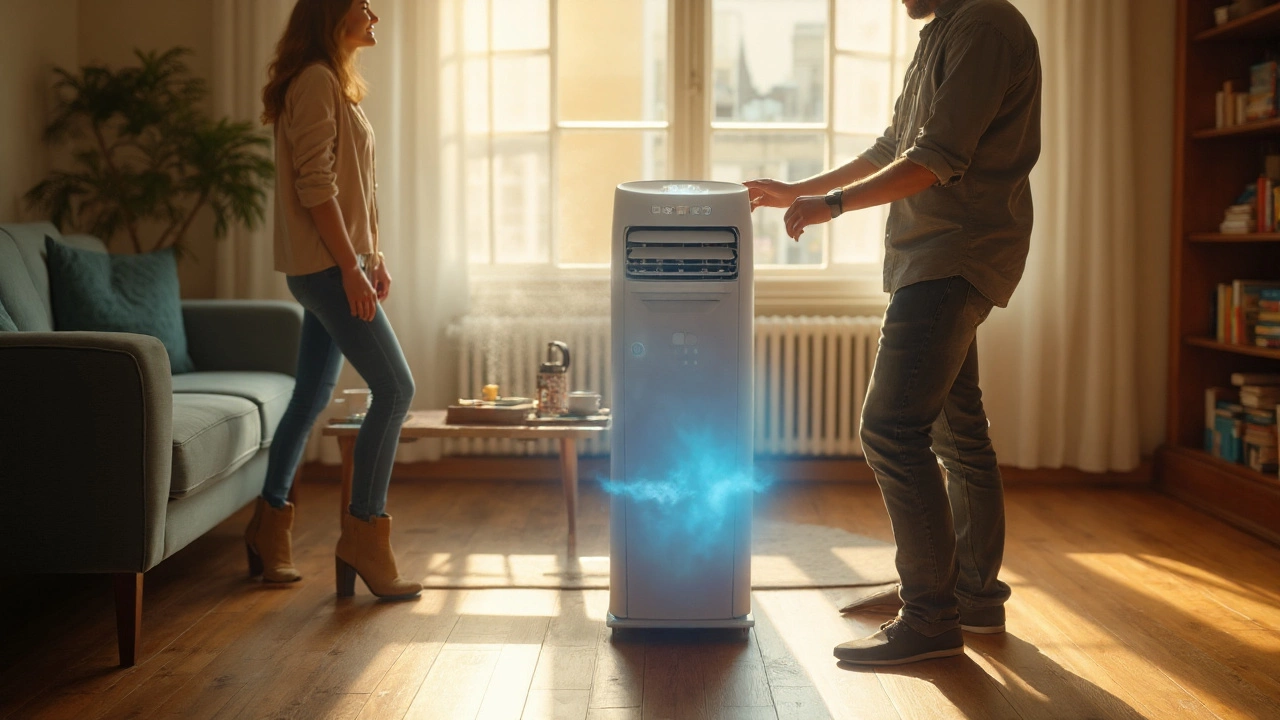When you shop for an air conditioner, you’ll see the term cooling capacity everywhere. It’s basically the amount of heat the unit can remove from a space, measured in BTU (British Thermal Units). A higher BTU number means more cooling power, but it doesn’t automatically make the unit better for every room.
If you pick a model that’s too powerful, it will cycle on and off quickly, waste energy, and feel noisy. If it’s too weak, you’ll be stuck in an uncomfortable room all summer. The sweet spot is matching the cooling capacity to the size of the area you want to cool.
Most manufacturers give a simple rule: about 20 BTU per square foot of floor space. So a 150‑square‑foot bedroom needs roughly 3,000 BTU. Add a few extra BTUs if the room gets a lot of sunlight, has high ceilings, or houses many appliances that generate heat.
For example, our post "How Many Hours Should a Portable AC Run Per Day?" shows how to factor room size, humidity, and BTU rating into daily runtime. It helps you avoid over‑running a unit that’s too small, which can spike your electricity bill.
Another common question is whether you can run a portable AC 24/7. The guide "Is It Bad to Run a Portable AC 24/7?" explains safety, lifespan, and cost implications. In short, a properly sized unit can run longer without damage, but you’ll still want to balance comfort with energy use.
Here are three easy steps to get the most out of your cooling capacity:
If you’re curious about specific products, our post "What I Wish I Knew Before Buying an Air Fryer" shares a checklist that works for any appliance – size, power draw, and noise level. The same checklist applies to portable ACs: look at BTU, energy‑star rating, and how loud the unit runs.
Remember, cooling capacity isn’t just a number. It’s the starting point for creating a comfortable, cost‑effective environment. Match the BTU to your room, seal your space, and keep the unit in good shape – you’ll stay cool without blowing your budget.
Ready to pick the right air conditioner? Browse our latest guides on portable AC runtime and safety, and you’ll have all the facts you need to make a smart choice.

Discover the real limits of a portable air conditioner, how BTU, room size, and efficiency affect temperature drop, and tips to maximize cooling performance.